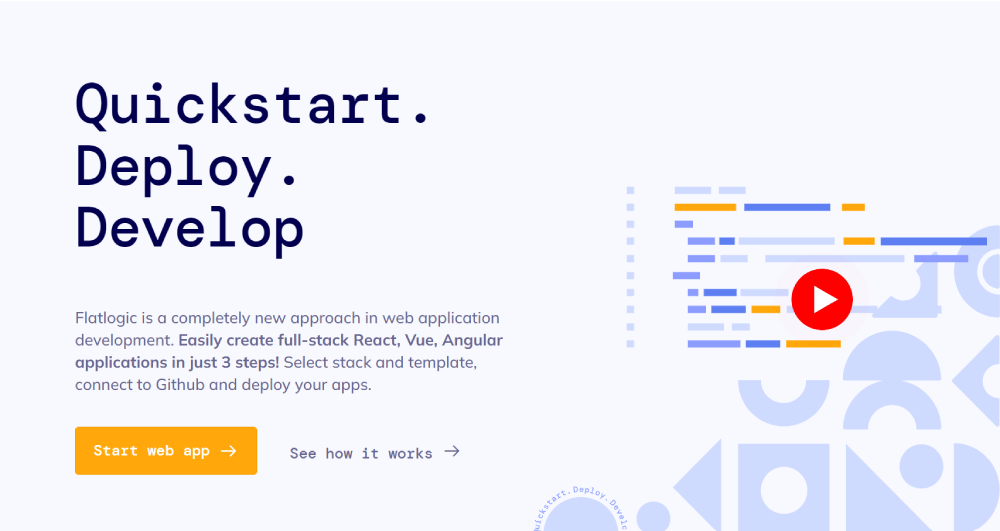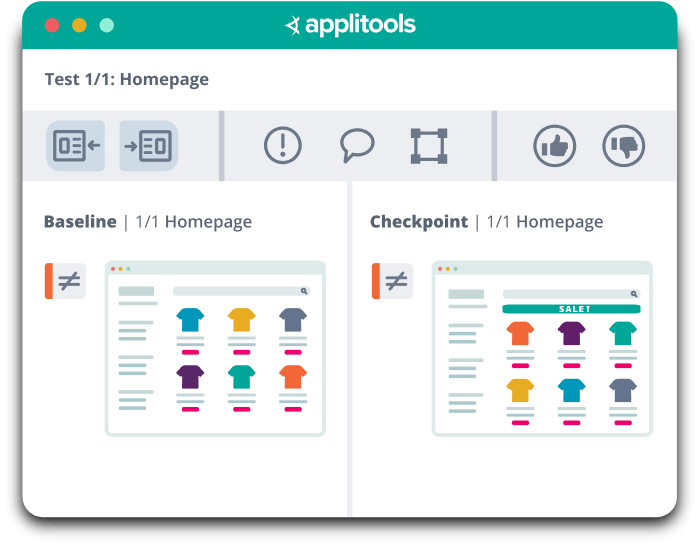Software testing is a critical part of development. A single bug can cause security breaches, crashes, or performance issues. But manual testing is time-consuming, expensive, and often fails to catch every problem.
This is where AI-powered testing comes in. AI is transforming software testing by automating bug detection, predicting failures, and improving test coverage. But can AI completely replace human testers?
In this article, we’ll explore how AI is changing quality assurance (QA) and highlight tools that are making testing faster and more reliable.
1. The Challenges of Traditional Software Testing
Before AI-powered tools, software testing had several limitations:
❌ Time-consuming – Manually testing software takes weeks or even months.
❌ High costs – QA teams require large budgets for tools, environments, and manual testing.
❌ Missed bugs – Even experienced testers cannot catch everything.
❌ Repetitive tasks – Many test cases involve the same process over and over again.
AI testing agents solve these challenges by running automated, intelligent tests that adapt and improve over time.
2. How AI Improves Software Testing
AI-powered testing tools go beyond traditional automation by learning from past tests and making smart predictions.
Ways AI is Transforming Software Testing:
✔️ Automated Bug Detection – AI scans code and applications for vulnerabilities.
✔️ Predictive Testing – AI analyzes past failures to predict potential issues.
✔️ Self-Learning Test Automation – AI improves test cases over time.
✔️ Faster Regression Testing – AI runs thousands of tests in minutes instead of days.
AI-driven testing is not just faster—it’s also more accurate because AI identifies patterns humans might miss.
3. AI Tools Leading the Testing Revolution
Several AI-powered tools are helping developers test and debug software more effectively.
1. Flatlogic AI – Automated Web App Generation with Built-in Testing

Best for: Developers who want AI-generated applications with structured, high-quality code.
✔️ Creates full-stack web applications with minimal manual coding.
✔️ Uses pre-tested code structures to reduce testing time.
✔️ Helps developers focus on business logic instead of debugging generated code.
By starting with AI-generated applications, teams spend less time fixing bugs and more time building features.
2. Applitools – AI-Powered Visual Testing

Best for: Teams that need AI-driven UI testing.
✔️ Uses AI to detect UI bugs that humans might miss.
✔️ Tests across different browsers and devices automatically.
✔️ Ensures that design changes don’t break functionality.
Applitools is great for teams that prioritize UI consistency and accessibility.
3. Testim – AI-Based Automated Testing

Best for: Fast-moving teams that need self-improving test automation.
✔️ Uses machine learning to improve test cases.
✔️ Automates end-to-end testing with AI.
✔️ Works with Selenium, Appium, and other frameworks.
Testim helps developers run smarter automated tests with less manual effort.
4. Mabl – AI-Driven Continuous Testing

Best for: Teams using DevOps and CI/CD pipelines.
✔️ Automates end-to-end testing.
✔️ Uses AI to identify trends and potential risks.
✔️ Integrates seamlessly with Jenkins, Jira, and Slack.
Mabl’s AI ensures that bugs are caught early before they reach production.
4. Can AI Completely Replace Human Testers?
AI is improving software testing, but it cannot replace human testers entirely. Why?
| Task | AI Testing Agents | Human Testers |
|---|---|---|
| Running repetitive tests | ✅ AI excels at automation | ❌ Slow and time-consuming |
| Finding known bugs | ✅ AI detects patterns | ✅ Humans also catch issues |
| Understanding user experience | ❌ Limited to data patterns | ✅ Humans test real-world usability |
| Adapting to new development styles | ❌ AI needs training | ✅ Humans adjust instantly |
While AI automates repetitive testing tasks, human testers are still needed to:
- Ensure great user experiences
- Define new test cases AI hasn’t seen before
- Make business-critical testing decisions
AI and human testers work best together—with AI handling automation and humans focusing on creativity and edge cases.
5. The Future of AI in Software Testing
As AI-powered testing tools continue to evolve, we may see:
🔹 AI that writes and updates test cases on its own.
🔹 Self-healing AI testing frameworks that fix failed tests automatically.
🔹 AI-driven security testing that predicts and patches vulnerabilities before they occur.
What This Means for Developers and QA Teams
✔️ AI won’t replace QA testers—but it will change how they work.
✔️ Teams will focus less on manual testing and more on strategy and analysis.
✔️ AI-powered tools like Flatlogic AI will reduce the need for fixing generated code by providing pre-optimized solutions.
In short, AI isn’t replacing testing—it’s making it faster, smarter, and more reliable.
Final Thoughts: AI is the Future of Software Testing
AI-powered testing is revolutionizing software quality assurance. By automating bug detection, performance analysis, and regression testing, AI is helping teams ship software faster and with fewer errors.
Key Takeaways
✔️ AI-powered tools help teams start with pre-tested code, reducing bugs from the beginning.
✔️ AI testing agents like Applitools, Testim, and Mabl automate test cases and improve software quality.
✔️ AI will not replace human testers, but it will allow them to focus on more strategic tasks.
Would you trust AI to handle all software testing? The future is here, and developers who embrace AI-driven testing will have a competitive advantage.